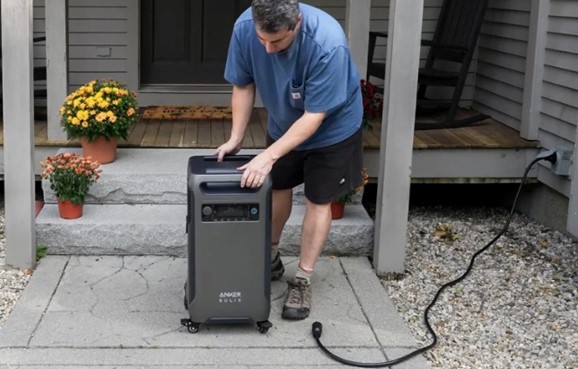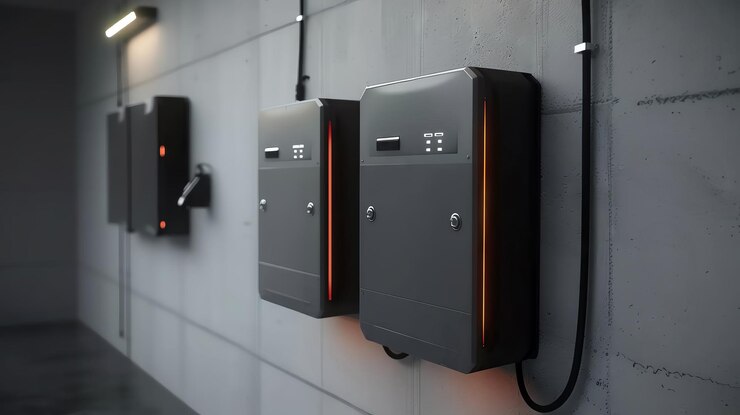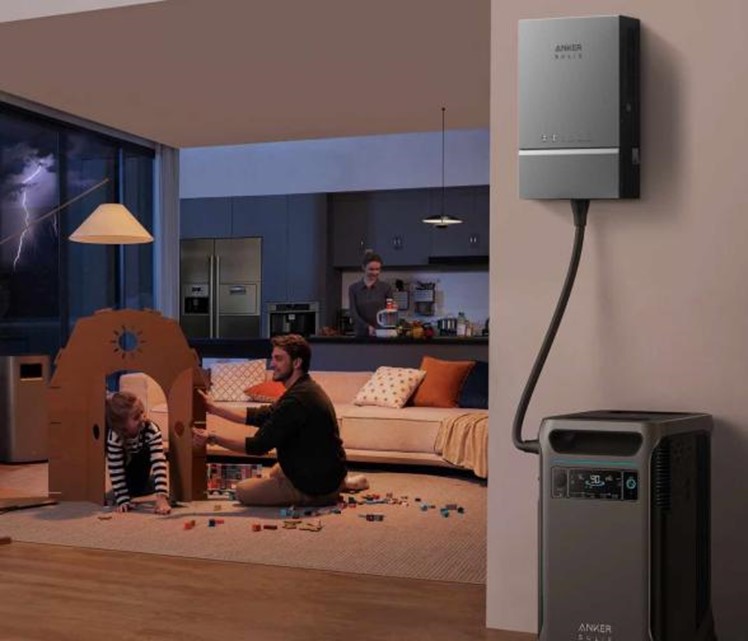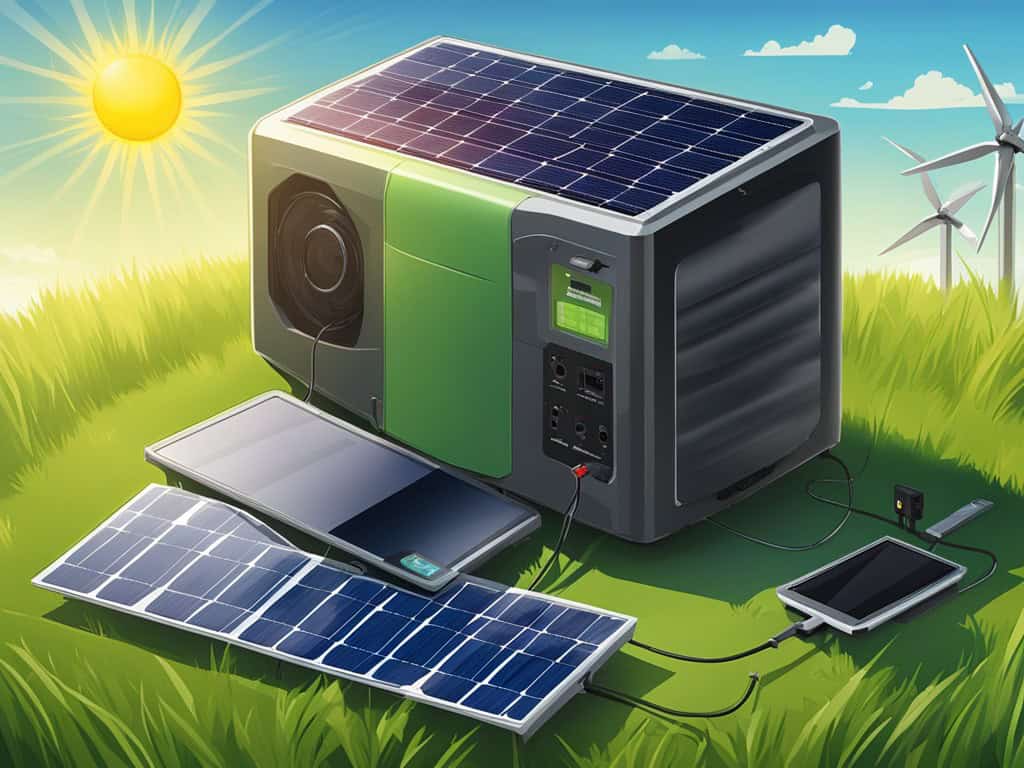Home battery backup systems have become increasingly popular as more homeowners seek reliable energy storage solutions and emergency power during outages. With the rise of solar energy and smart home technology, these systems are not only efficient but also essential for ensuring uninterrupted power. However, proper installation is crucial for ensuring optimal performance and safety, as even the most advanced systems can pose risks if installed incorrectly. This guide will walk you through the steps needed to safely install a home battery backup system, helping you avoid common pitfalls.
Step 1: Plan Your System According to Your Needs
When planning your home battery backup system, it’s essential to first assess your energy consumption. A typical household might require anywhere between 10kWh and 30kWh of battery capacity for essential loads, depending on the size of the home and the appliances that need backup power. Systems like the Anker SOLIX F3800 are ideal for those looking for expandable solutions, offering up to 53.8kWh when combined with expansion batteries. Working with a certified electrician or a professional can help you evaluate your current electrical system, ensuring the system you choose is compatible and can meet your backup power needs.

Step 2: Choose a Safe Installation Location
Choosing the right location for your battery backup system is crucial for both safety and efficiency. Look for a dry, well-ventilated area that is free from extreme temperatures, as these can affect battery performance. Avoid placing the system near water sources like pools or outdoor faucets, and ensure the area is clear of flammable materials. If possible, select a location away from high-traffic living spaces, as larger systems can produce noise and require space for maintenance. A utility room or garage could be suitable, as long as ventilation and temperature regulation are in place to prevent overheating.
Step 3: Prepare Your Home’s Electrical System
Before you begin installation, it’s essential to prepare your home’s electrical system. Turn off the power to your home to avoid any potential hazards during the installation process. Next, check that your home’s electrical panel can support the new system and ensure it’s properly grounded. You may want to install a sub-panel for critical circuits—such as refrigerators, heating systems, and lighting—that will need backup power. This will allow you to safely direct power to these essential areas during an outage. Be sure to follow local building codes and consider professional installation for this phase to avoid complications.
Step 4: Install the Battery Backup System
With your location chosen and your electrical system prepared, it’s time to install the battery backup system. If you’re integrating it with solar panels, you’ll need to connect the battery to the solar inverter to store excess energy generated during the day. Follow the manufacturer’s instructions carefully when wiring the system to prevent electrical issues such as short circuits. For larger systems like the Anker SOLIX F3800, make sure the battery is properly secured to prevent movement or damage. Proper ventilation is critical at this stage, as larger batteries generate more heat and require airflow to maintain safe operating temperatures.
Step 5: Install Safety Features
Safety features are a critical component of any battery backup installation. Install surge protectors and circuit breakers to shield your system from potential power surges, which can damage the battery and connected appliances. Consider placing the system in a fire-resistant enclosure to minimize risks in case of malfunction. For larger systems, it’s especially important to ensure that adequate ventilation is in place to prevent overheating. Proper cooling and protection will extend the life of your system and keep it running safely for years to come.
Step 6: Test the System for Proper Operation
Once the system is fully installed, it’s essential to test it thoroughly. Start by charging the battery to its full capacity, then simulate a power outage to see how the system responds. Verify that your backup circuits receive power as intended and that the system switches seamlessly between grid power and battery power. If your system is integrated with solar panels, ensure it properly stores energy during daylight hours and discharges it efficiently when needed. For advanced systems like the Anker SOLIX F3800, use the monitoring app to track performance, making sure everything operates as it should.
Step 7: Schedule Regular Maintenance
After installation, scheduling regular maintenance will ensure your battery backup system continues to function optimally. Regularly inspect the system for signs of wear, loose connections, or any degradation. Cleaning ventilation areas will help prevent overheating, especially in larger systems. Many systems offer intelligent monitoring through apps that allow you to check performance remotely. Set reminders to periodically test the system under load to verify that it’s ready to provide power when needed. Long-term maintenance not only ensures safety but also extends the lifespan of the system.
Recommendation: A Complete Power Solution for Home
If you’re looking for a robust solution to power your home during emergencies or outages, the Anker SOLIX F3800 is worth considering. With its expandable battery capacity, 6,000W output, and solar compatibility, it’s designed to handle even the most demanding appliances. It offers up to 53.8kWh of energy storage with expansion batteries, making it ideal for extended outages or off-grid living. Additionally, the option to integrate it with solar panels and monitor energy usage via an app provides flexibility and control.
Conclusion
Installing a home battery backup system requires careful planning, a secure location, and the right electrical setup. By following these steps, you can ensure that your system functions safely and efficiently, providing reliable power during outages. Consulting with professionals during the installation process is recommended, especially for larger systems like the Anker SOLIX F3800. Proper safety features, regular testing, and maintenance are essential for long-term performance, making your home both energy-independent and prepared for emergencies.





0 Comments